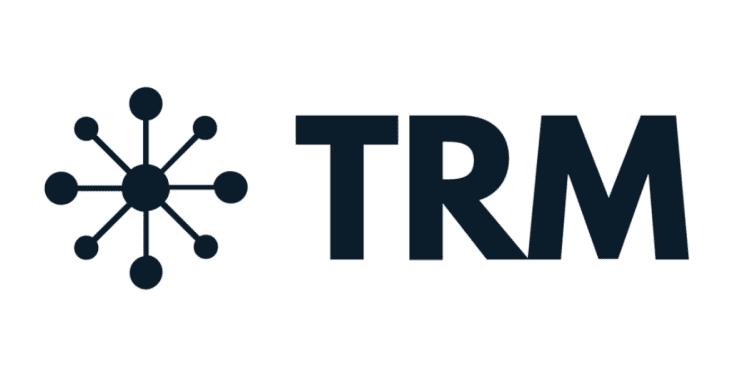- North Korean hackers have stolen approximately $2 billion in cryptocurrency over the past five years, with $200 million stolen in 2023 alone.
- As a response to heightened sanctions and improved blockchain tracing, these hackers have evolved their money laundering techniques to intricate multi-stage processes.
- Global authorities and blockchain firms are intensifying cybersecurity efforts, with companies like TRM Labs leading the way in tracing stolen funds.
According to recent reports from blockchain intelligence firm TRM Labs, North Korean hackers have been responsible for stealing an astounding $2 billion in cryptocurrency over the past five years. While 2023 has not yet concluded, North Korean-linked cybercriminals have already pilfered over $200 million in cryptocurrency, accounting for a significant 20% of all stolen crypto for the year. To put this into perspective, these thefts are 10 times larger than attacks conducted by other malicious entities.
One might assume that the appeal of cryptocurrency heists lies in the anonymity of transactions. However, the actual methodology used by these hackers reveals a more intricate web of money laundering and obfuscation. TRM Labs, with its team boasting former members from international law enforcement agencies such as INTERPOL, the FBI, and the US Secret Service, has been at the forefront of unmasking the complex strategies employed by these hackers.
In a notable incident from 2023, the North Korean hackers targeted users of the Atomic Wallet, a non-custodial wallet provider, and managed to siphon off roughly $100 million in various cryptocurrencies from over 4,100 individual addresses. The primary suspicion is that this heist was enabled through phishing or supply chain attacks. Following the theft, these criminals embarked on a series of laundering methods, moving from direct cryptocurrency exchange platforms to more intricate multi-stage money laundering processes. This evolution in tactics is believed to be a response to the increased sanctions and improved blockchain tracing tools.
The DeFi Ecosystem: A Lucrative Target
Recent years have seen North Korea’s hackers focusing their attention predominantly on the decentralized finance (DeFi) ecosystem. In fact, cross-chain bridges, which are responsible for a growing volume of cryptocurrency transfers, have become their preferred target. This was evident in 2022 when they orchestrated three major attacks against these cross-chain bridges, resulting in the theft of over $800 million in cryptocurrency.
It’s crucial to understand that these cyberattacks are not random acts of opportunity. Instead, they are meticulously planned operations. By exploiting vulnerabilities in the crypto infrastructure, these hackers are able to seize vast amounts of cryptocurrency. For instance, the heist targeting the Ronin Bridge in March 2022, which saw $625 million stolen, was accomplished using stolen private keys.
The Global Response and the Path Forward
With such significant sums at stake, global authorities and blockchain firms are investing heavily in cybersecurity. While TRM Labs has been pioneering in tracing the movement of stolen funds, other firms like Chainalysis, Nansen, and Eleptic are also working diligently to secure the crypto landscape. Furthermore, new startups, such as CAT Labs, are emerging with initiatives aimed at bolstering cybersecurity standards to prevent future exploits.
Yet, despite these efforts, North Korea continues to pose a substantial threat to the crypto world. The country’s brazen cyberattacks underscore the importance of robust cybersecurity measures. As TRM Labs aptly put it, while the decentralized finance community revels in the freedom of being their “own bank,” this freedom comes with the weighty responsibility of safeguarding assets.














